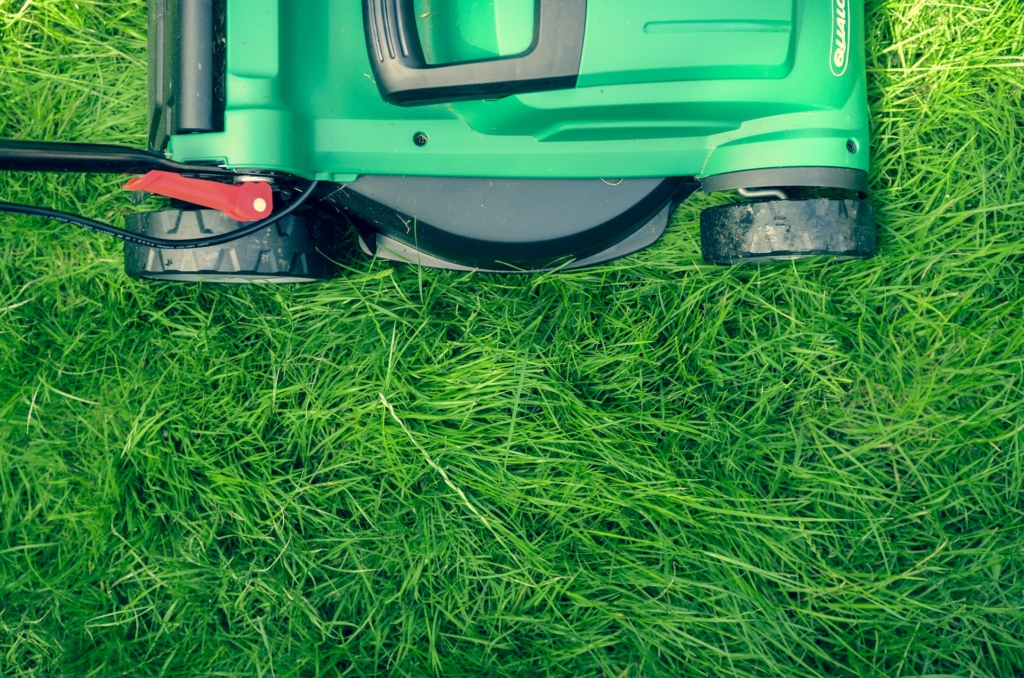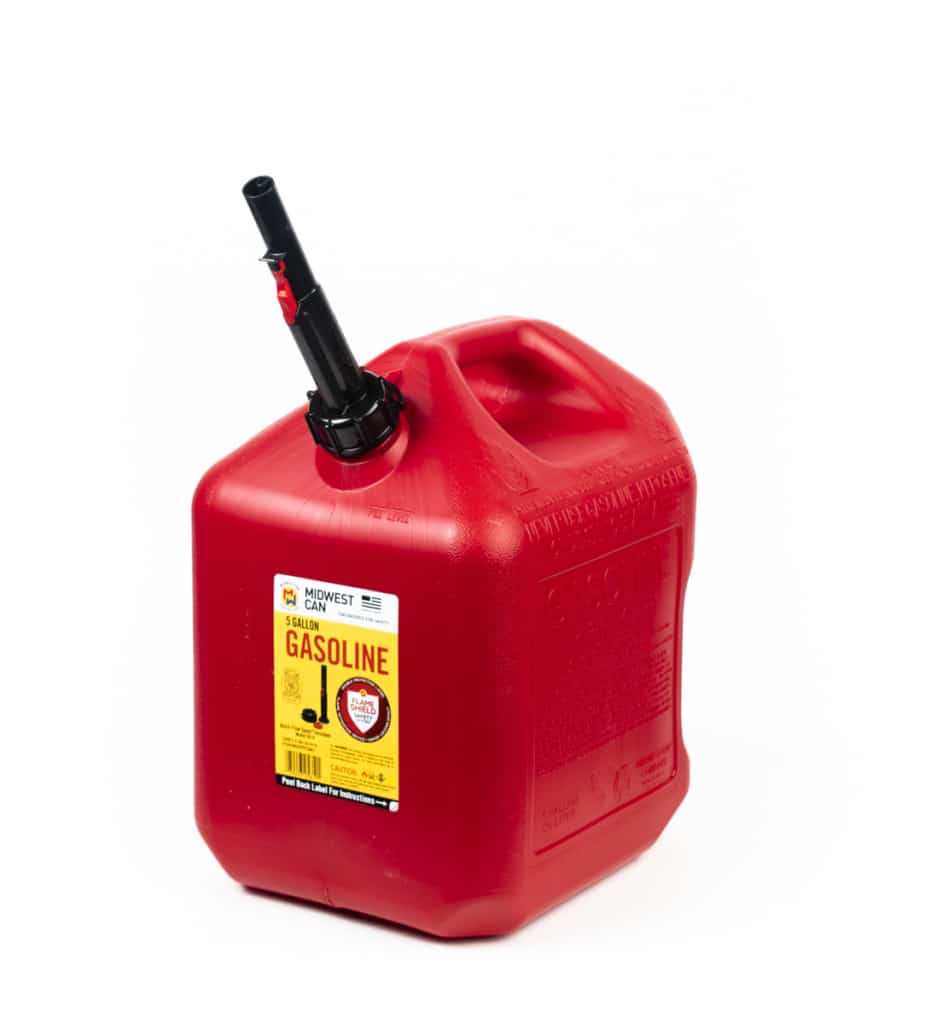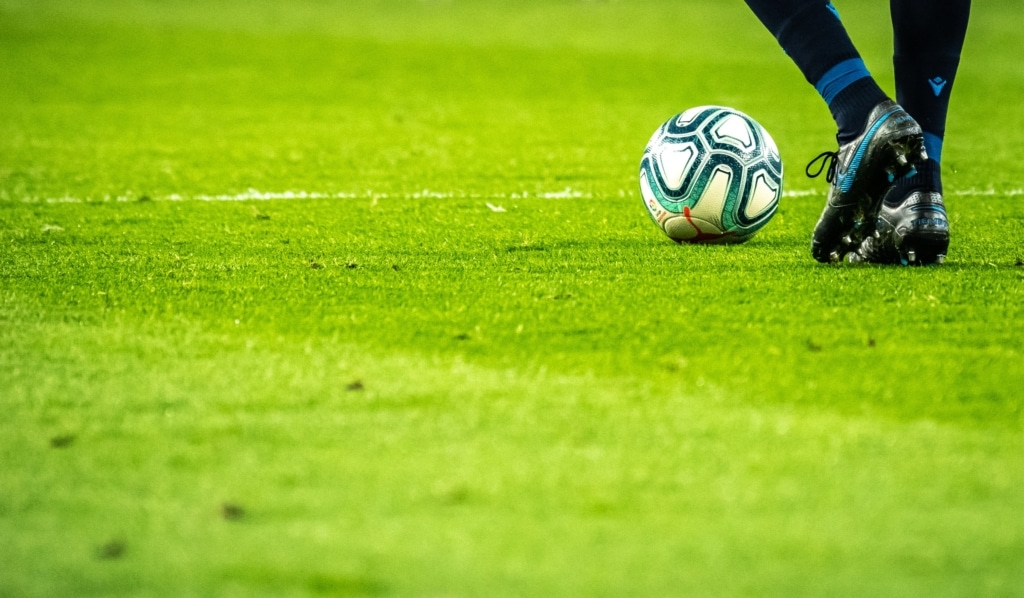HOW DOES FIELD CREW KEEPS STADIUM IN BEST CONDITION
I am sure you have enjoyed quite a lot of league matches, either live or on television but have you ever admired the great work of field crew members who spend days or even months to keep the field looking spotless and impeccable? Well, it is no easy take at all. Taking care of a field that will be used by a sports team requires expert knowledge and hard work. If you are planning to join a field-crew team then here are some of our expert tips for maintaining the areas to adapt to your local stadiums during the game season.

- CLEANING
It is well-pertinent to conceive that one must keep the field free from garbage and other discarded materials that would not only look disturbing but unflattering. The first and foremost thing would have volunteers work up to clean the field so that the crew can take care of the turf’s maintenance work. Additionally, make provisions for waste disposal and create awareness to not litter or around the field perimeter.
- MOWING
Mowing and groundskeeping are synonymous with each other. The first technique that we should cover is mowing, which will enable you to keep the ground at optimum condition. The rule of ‘One-third’ has to be followed in this regard. Ideally, you should not remove more than one-third of the grass as it might hurt the plant. Therefore, adjust your mowing blade accordingly. The frequency at which the mowing must be conducted is twice or thrice a week during the goring season.

To yield better efficiency, invest in a quality mower and an experienced groundskeeper with comprehensive knowledge and skill. One should always mow the turf when it is dry, as damp grasses tend to stick and clog the mower. Also, make sure that the blades are well sharpened to avoid blunting, cutting, or pulling the grassroots. Remember, pulling it off the roots will do more damage to the field than you can fathom.
- MOWING STRIPES
I am quite sure that you all have seen the stripes on the field of baseball or football and wondered how that came to be. Well, it is due to the blade of the mowing machine that has been bent in a different direction to create such a magnificent effect.

The places where the stripe looks lighter are formed by bending the blades away, while the opposite effect is achieved by angling the edges towards yourself. In this way, you can also create a checkerboard pattern. Most of the good Mowing machines use gas and that’s why our favorite product to store gas in this MidWest Can 5-gallon gasoline Fuel Container.
Fueling up your Gas Mower and other equipment types is comfortable with the Midwest Can 5610 5 gallon Gasoline Can.

- RAKING THE FIELD

- FERTILIZER
- IRRIGATION
- EDGING THE BORDERS
- DRYING THE FIELD

Crew members use various techniques to create the perfect game experience for both the audience and sports teams. During the game, the crew’s duties are evident, but there is so much more to the job when the cameras are off.

